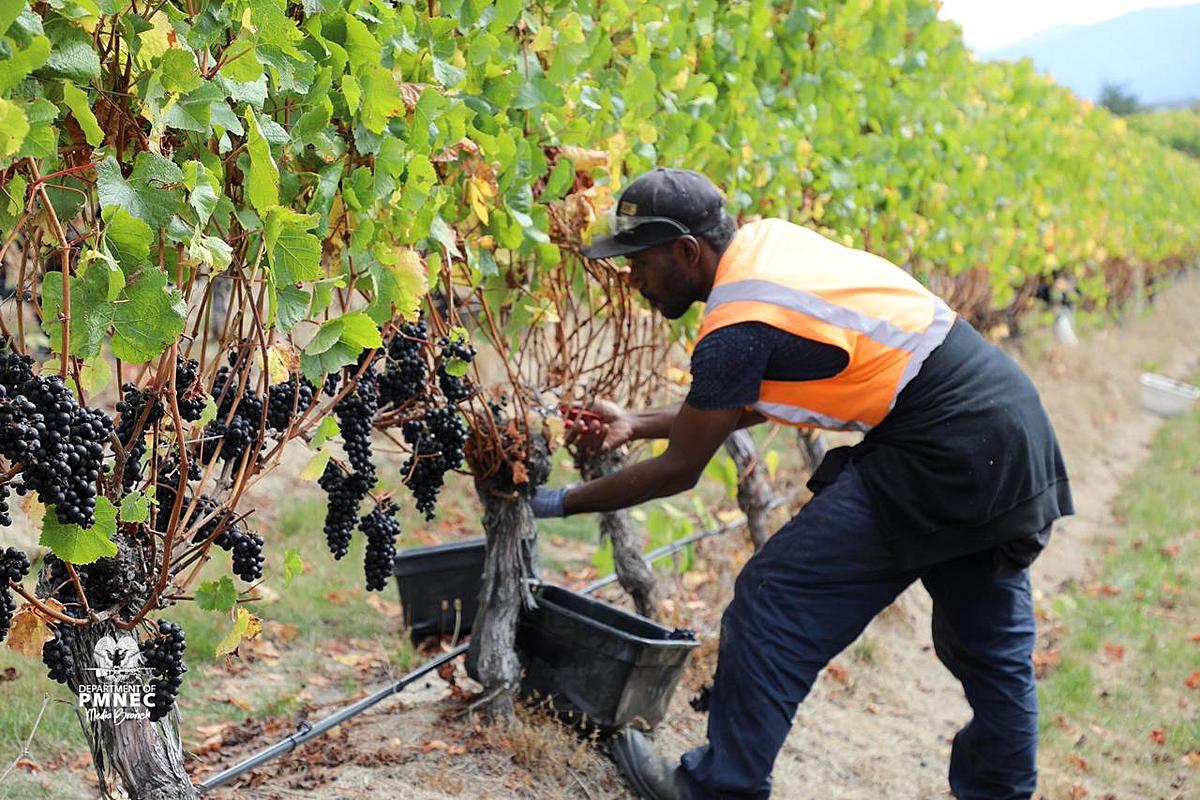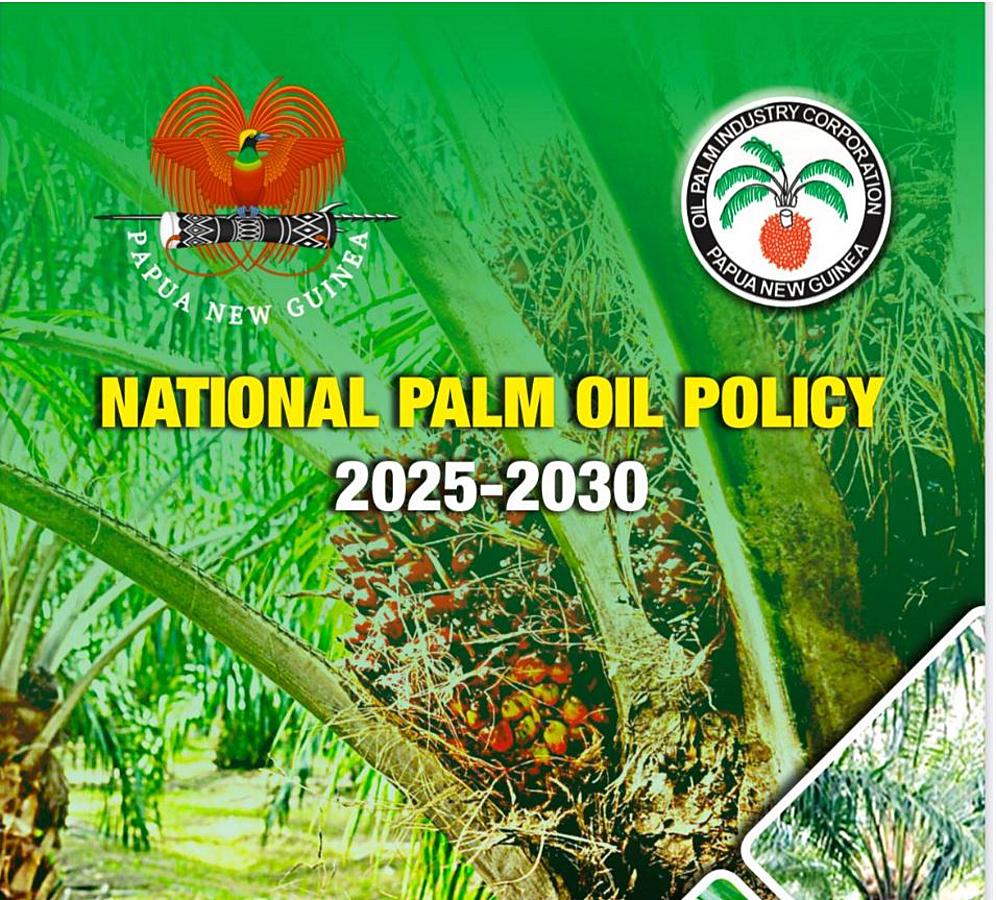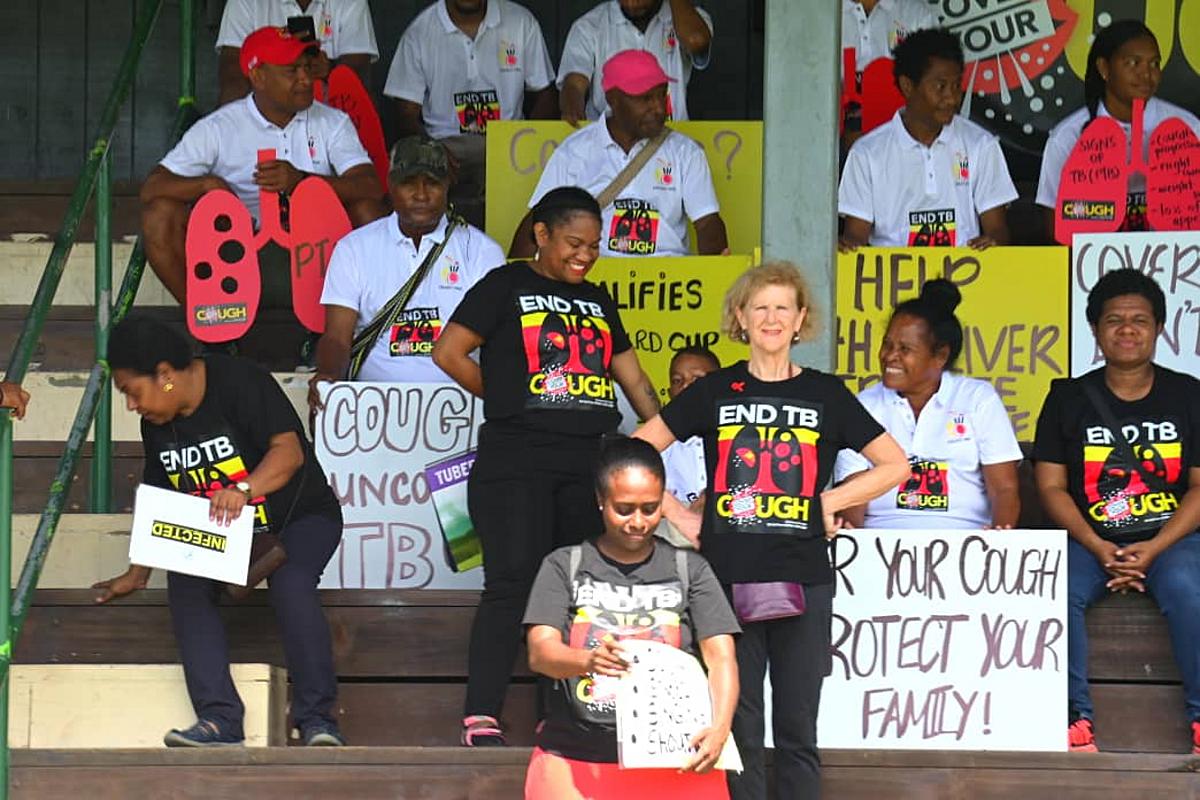Photo Credit: ABC News
In Papua New Guinea (PNG), sweet potato (kaukau) growers have received significant insight into customer buying habits, which is assisting them in identifying new market possibilities.
The recent market analysis, which was supported by the Papua New Guinea-Australia Partnership and conducted by the Australian Centre for International Agricultural Research, revealed that an increasing number of consumers in Port Moresby prefer to buy fresh produce from supermarkets, citing convenience and safety as reasons.
While this trend may result in fewer consumers at conventional farmer markets, PNG and Australian experts believe it may open up new marketplaces for rural people.
“Farmers are looking for stable markets where they can receive more consistent prices for better-quality produce,” said Professor Philip Brown from Central Queensland University (CQU), who is leading the research project.
“The research shows that consumer behaviour is likely to support an expansion in the supermarket sector in large urban centres and this is positive news for the farmers. This could allow commercial focused farmers to secure more stable market access.”
The study of 353 customers was conducted as part of ACIAR-funded sweet potato research sponsored by CQU and the PNG National Agriculture Research Institute (NARI), which aims to improve sweet potato value chains by increasing the quality of harvested roots.
Sweet potato quality and production are improving, resulting in increasing supplies to retailers eager to provide better fresh produce.
“The project, with support from the Fresh Produce Development Agency and NARI, is helping farmers to build their business skills and connect with emerging supermarket opportunities,” said Professor Brown.
Kirt Hainzer, a CQU researcher who collaborated on the survey alongside NARI researchers, said it was the first study to look at customer behaviour and see what role stores may play in the development of PNG's commercial sweet potato sector.
“The research sought to better understand and compare how consumers buy staples from open markets and supermarkets and to explore the preferences for purchasing staple foods as supermarkets increase the availability of convenience staples like rice,” said Hainzer.
“Although expanding formal sales represents a huge step forward in developing a commercial sweet potato industry, continued research on consumer preferences and the market for fresh produce will help better understand trends in staple food purchasing and what market opportunities exist for growers.”
With over a hundred kinds of sweet potato in the nation, NARI economist Raywin Ovah said the study sought to find out which of these customers preferred.
“Not all the varieties are preferred from a consumer point of view. There are only a few that consumers want to be based on the taste or health properties and that is what we want to also find out. Farmers can be provided with that information, so they produce those varieties that the market wants.”
One of five initiatives under the Transformative Agriculture and Enterprise Development Program is a project to increase commercial sweet potato production and commercialization in the PNG highlands.
The ACIAR program, which is funded by Australia in collaboration with the government of Papua New Guinea, aims to improve the livelihoods of rural men and women through private sector-led development, increased agricultural productivity and quality, and the development of individual and institutional capacity.
Reference:
Loop (20 July 2021). “Study looks into sweet potato industry”.










